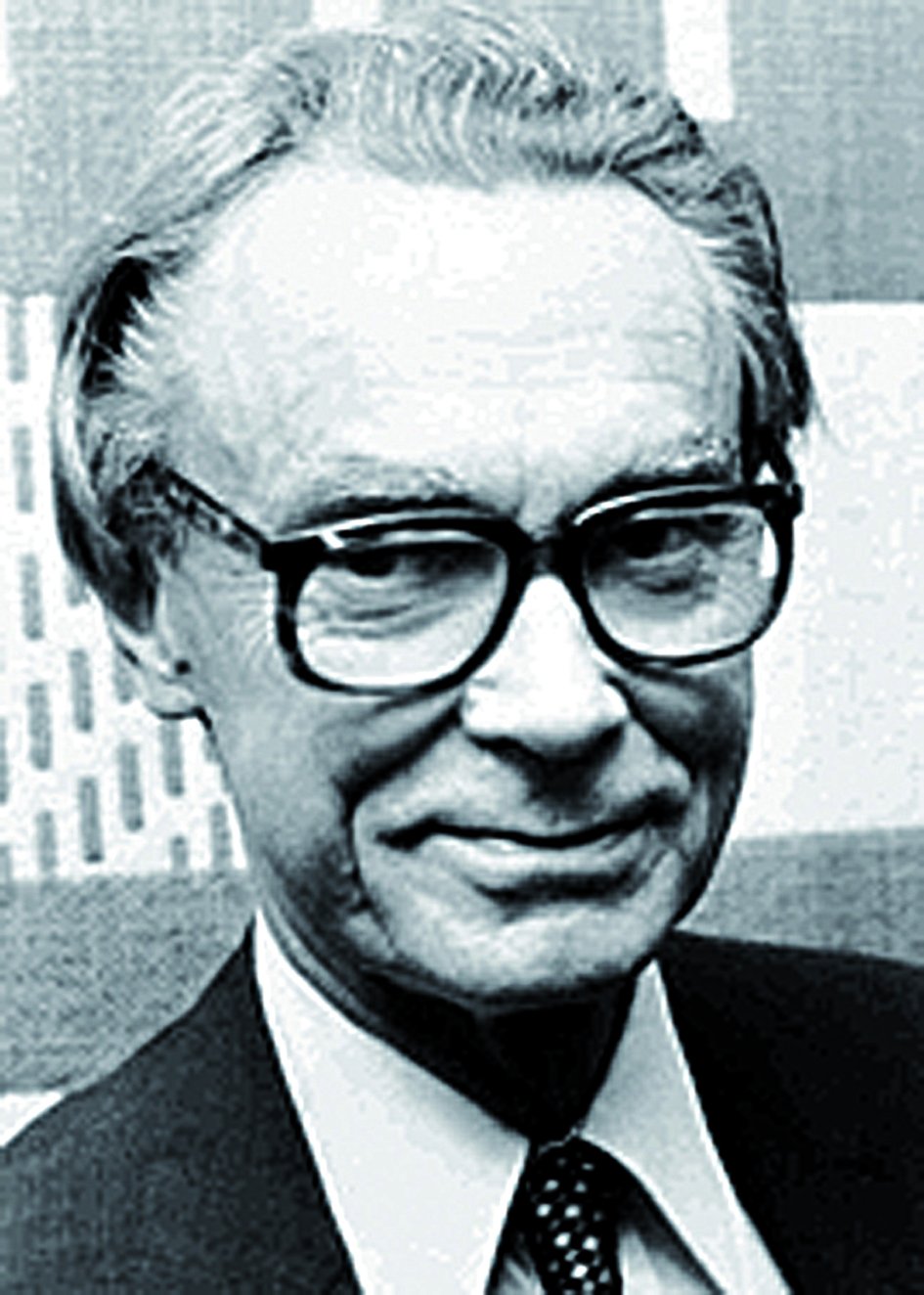Nobel laureate and former KI president, Bengt Samuelsson, has passed away

Nobel laureate and former president of Karolinska Institutet, Bengt Samuelsson, passed away at the age of 90. Bengt Samuelsson was awarded the Nobel Prize in Physiology or Medicine in 1982, along with Sune Bergström (1916–2004) and John R. Vane (1927–2004), for their discoveries related to prostaglandins – hormone-like substances that regulate several important processes in the body. Bengt Samuelsson also served as president of Karolinska Institutet from 1983 to 1995.

“Bengt Samuelsson made significant contributions to the field of research he founded, known as lipid mediators. His research has led to medications targeting inflammation, allergies, glaucoma and cardiovascular diseases. During his tenure as president, he implemented several reforms within the organisation. Our thoughts are with his family during this time. I express my gratitude for his invaluable contributions," says Annika Östman Wernerson, president of Karolinska Institutet.
In 2014, Bengt Samuelsson was celebrated at Karolinska Institutet (KI) with a three-day symposium in conjunction with his 80th birthday. He remained an affiliated researcher with the Department of Medical Biochemistry and Biophysics until his passing.
“Bengt has constantly broken new ground and brought our research field all the way from early physiological observations into the 'molecular' era of gene cloning and advanced protein chemistry. Working with Bengt has been an adventure and a great privilege," says Jesper Haeggström, professor at the Department of Medical Biochemistry and Biophysics, KI, and head of the Research division of Chemistry II where Bengt Samuelsson worked.
“Very few scientists can open up a whole new field of knowledge. But that is what Bengt Samuelsson did. Based on Ulf von Euler's and Sune Bergström's discovery of prostaglandin, he mapped an entire biochemical continent of signaling molecules in the human body, and found that they are of great importance in the blood circulation, the respiratory system, the genitals, the immune system, the nervous system and almost the entire body," says Göran K Hansson, professor at the Department of Medicine, Solna, KI, member of the Royal Swedish Academy of Sciences, former vice chairman of the board of the Nobel Foundation and former chairman of the Nobel Committee for Medicine.
The Nobel Prize in Physiology or Medicine
It was in 1982 that Bengt Samuelsson was awarded the Nobel Prize.
Our bodies host a multitude of functions that must be meticulously regulated for us to stay healthy and adapt sudden changes in circumstances. For instance, blood must remain fluid, blood pressure must be kept stable, and in the event of an infection, white blood cells must gather for the body's defense.

The 1982 Nobel Prize in Physiology or Medicine recognised the discovery of such a system and was jointly awarded to Sune Bergström and Bengt Samuelsson, professors at Karolinska Institutet, along with the British scientist John Vane, for their "discoveries related to prostaglandins and related biologically active substances".
The term “prostaglandin” was coined by Ulf von Euler (1905–1983), a professor of physiology at Karolinska Institutet and a Nobel Laureate in Physiology or Medicine in 1970.
As early as the 1930s, he had identified this intriguing substance in seminal fluid and the prostate, giving it the name prostaglandin. Sune Bergström, who became professor of physiological chemistry at Karolinska Institutet in 1958, continued the work.
Bengt Samuelsson was a doctoral student under Sune Bergström and worked with him on the early structural studies of prostaglandins. After obtaining a medical degree from Lund University and a PhD from Karolinska Institutet, he spent a year doing research at Harvard in the US, but then returned to KI.
Here he decided to look more closely at the reactions when prostaglandins are formed.
Mechanisms behind several diseases
During the 1960s and 1970s, he detailed how prostaglandins are formed from fatty acids, particularly arachidonic acid. Bengt Samuelsson isolated and determined the structure of several important components of the prostaglandin system.
For example he discovered the so-called leukotrienes, which are released during acute hypersensitivity reactions and inflammation, and thromboxanes, which are formed in platelets and stop bleeding but also contribute to blood clot formation.
Research on prostaglandins provided important knowledge about how the body functions normally and explanations for mechanisms behind several diseases, such as allergies, inflammations and vascular diseases. This knowledge also paved the way for the development of new treatments.
“Bengt Samuelsson was not a man of grand gestures. But with his intellectual brilliance, his extraordinary knowledge, his determination and his visionary thinking, he did science a great service," says Göran K Hansson.
Bengt Samuelsson's discovery of leukotrieneshas, for example, led to medications used to treat asthma. Sune Bergström was involved in studying the significance of prostaglandins for the function of the reproductive organs, which has contributed to these substances as abortifacients, for inducing labour and for treating heavy bleeding during childbirth.
Many collaborations and honorary assignments
In addition to their research careers, both Sune Bergström and Bengt Samuelsson served as presidents of Karolinska Institutet. Sune Bergström held his position from 1969 to 1977, while Bengt Samuelsson served as president from 1983 to 1995.
Beyond his work at KI, Bengt Samuelsson focused on leukotrienes., He was also involved in research collaborations with China, held several board positions, and was a member of the Royal Swedish Academy of Sciences and equivalent institutions in several other countries.
Bengt Samuelsson passed away on July 5 at the age of 90.
